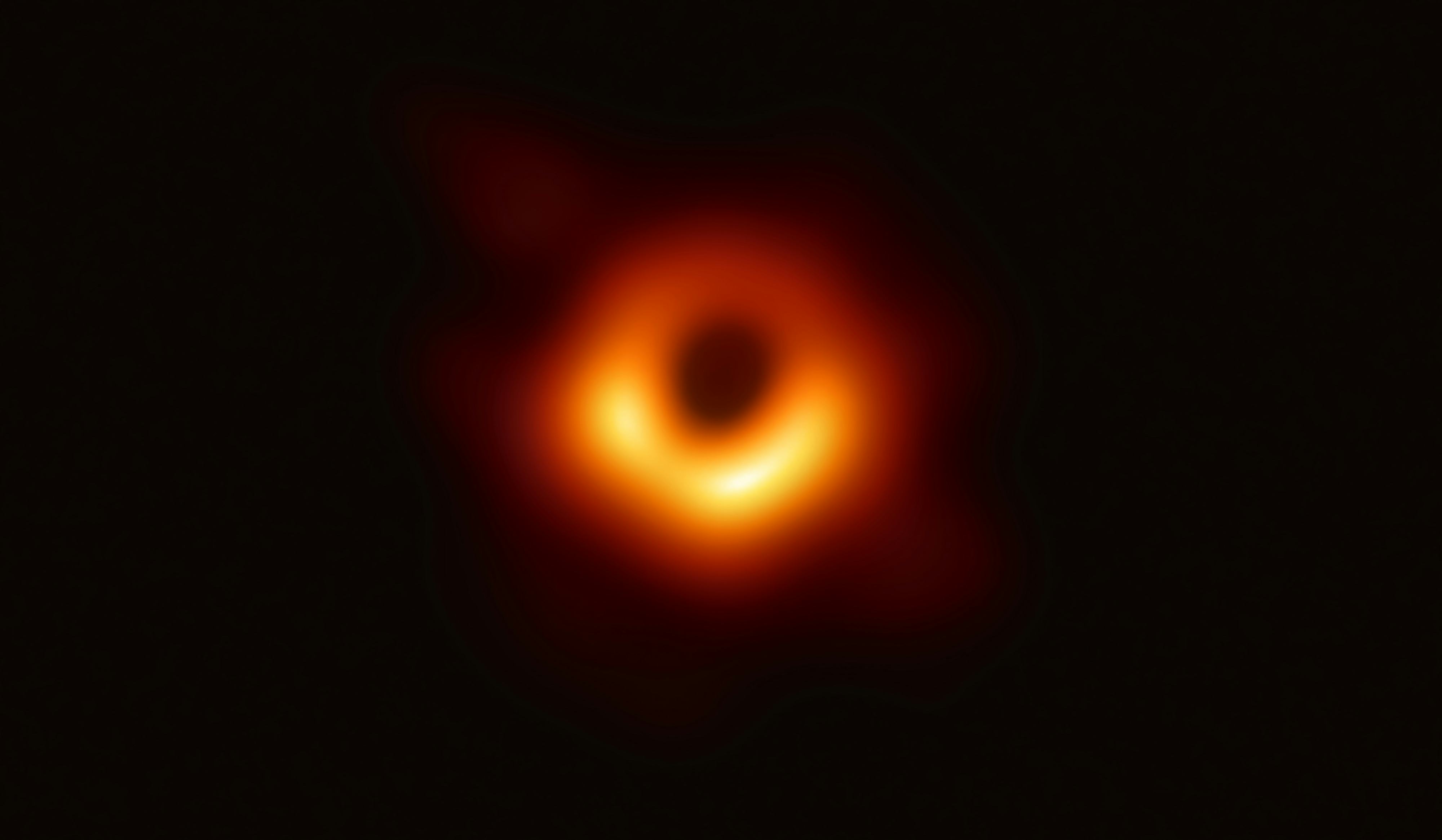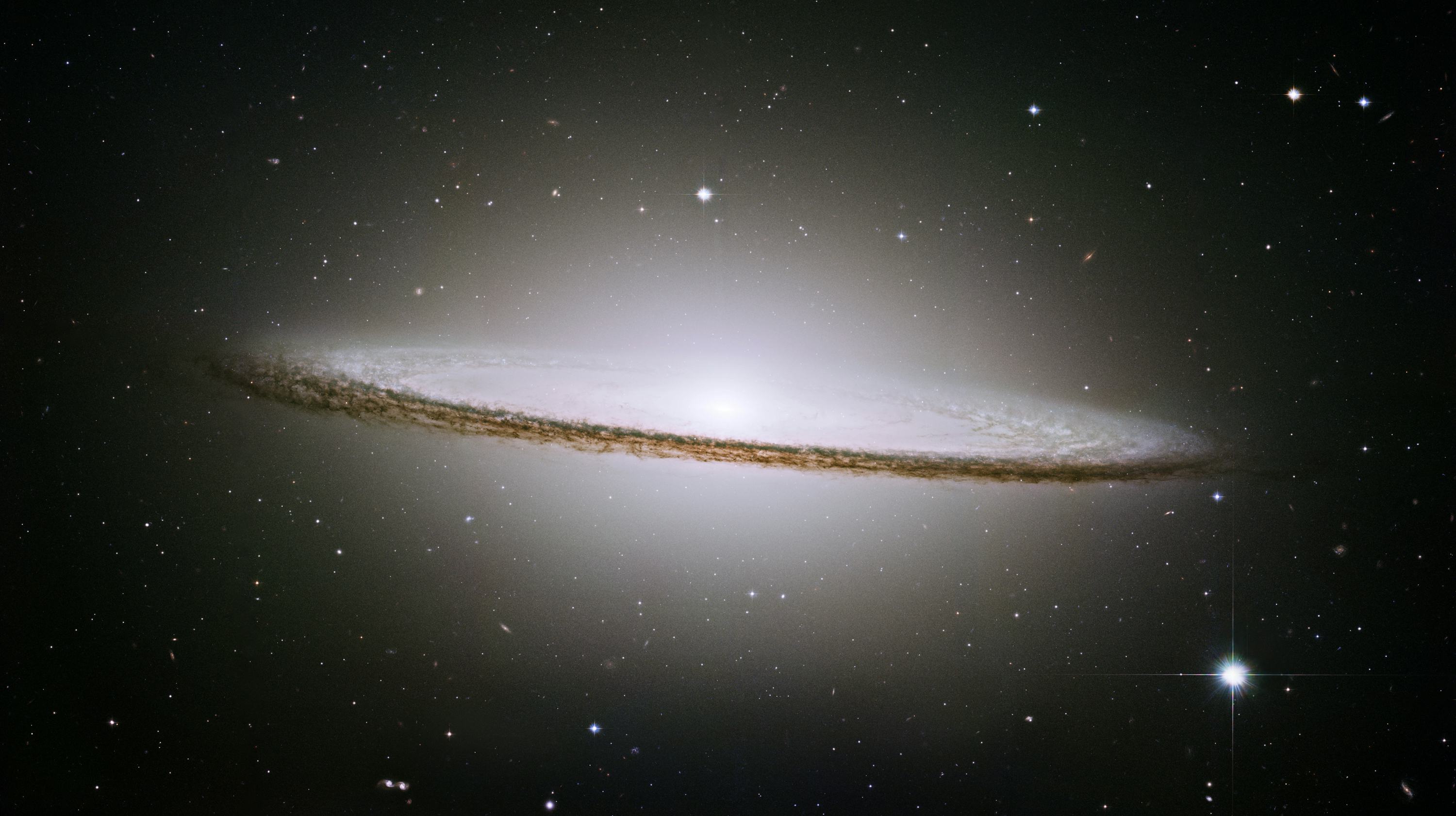
Understanding the cosmos, and searching for new flavors of celestial objects is quite a bit like feeling around in the dark. The reaches of space are dark, though fortunately, visible light makes up only a tiny handful of the clues that can be weaved together into a story that cohesively describes the universe.
Discovered 60 years ago, today, quasars — that is quasi-stellar [star-like] objects — have a misleading name. While these objects do shine like a star from our undiscerning eyes on Earth, they are the brightest objects in the universe, and actually make up their own category of celestial phenomena. They’re actually the ultra-bright centers of galaxies powered by powerful supermassive black holes.
Jonathan McDowell, an astrophysicist at the Harvard-Smithsonian Center for Astrophysics and a member of the Chanda X-ray Center team, tells Inverse that an umbrella term that more aptly describes a quasar today is an active galactic nucleus — or a galaxy that has a nucleus with anomalously high luminosity in parts of the electromagnetic spectrum. Supermassive black holes can be between millions to billions of times the mass of the Sun, and recent research indicates that one exists at the center of every large galaxy.
But when astronomers first identified quasars, they didn’t know quite what they were looking at.
How did scientists discover quasars?
The first hints of quasars came in 1908, when Edward Arthur Fath noticed increased luminosity in the center of what were then considered nebulae. Vesto Slipher and other contemporaries also took examined light spectra from different nebulae and determined that they had unusually bright emission lines. However, they noticed that some emission lines were thick, indicating a range of wavelengths, which McDowell explains is because you are looking at a rotating disc.
Then in 1918, a scientist named Hebert Curtis was observing the central object in the Virgo cluster, Messier 87, which famously became home to the image of the first black hole – and he saw a jet coming out of the center of the object, but he had no idea what it was. It was the first observation of an active galactic nucleus jet, but there was no framework for understanding that at the time.

For instance, astronomers didn’t know that nebula and galaxies were not, in fact, one and the same.
“People like [Harlow] Shapley and [Heber] Curtis in the 1920s had this big debate about ‘are the spiral nebulae inside our galaxy or they whole separate island universes, island universes?’,” McDowell says. “By the 1930s, we understood thanks to the work of Edwin Hubble and others that that yes, indeed, a lot of these smaller nebulae were analogous to our entire Milky Way Galaxy, and were much further away.”
In 1943, Carl Seyfert published a list of galaxies with enhanced activity at their centers — bright spots and fat emission lines. In 1944, radio astronomy was starting up, and scientists started to find started to look for radio signals in the sky.
In the 1950s, scientists such as John Bolton, Gordon Stanley, and Owen Slee were trying to chase down these radio sources using the Parkes Radio Telescope in Australia. They found that tiny distant galaxies were associated with some of the brightest radio sources, which didn’t make much sense to them at the time – these observations were confirmed in 1962; though it was a close call – the scientists almost missed their scheduled allotted time window!
Finally, in 1963 Martin Schmidt performed follow-up work on the spectra of the galaxies to confirm that the bright radio sources and galaxies were likely one and the same.
Eventually, it was suggested by one of McDowell’s supervisors at Cambridge, Sir Martin Rees that these types of phenomena might be associated with supermassive black holes at the center of a galaxy.
“There wasn't any consensus. It really took about five or six years to figure out that these, whatever the hell these things are, they probably must involve a very dense massive object in the center of a galaxy. And that's accreting and we're releasing energy and that was still very controversial for about 10 more years after that,” McDowell says.
“It took a while for us to understand what we were seeing. So we had a lot of different names for a lot of basically similar things in different ways,” he adds. “So active galactic nucleus is a good term for any of these objects that basically are quasars with accreting material, releasing energy, releasing energy. And the amount of the efficiency can vary the size can vary the mask or vary, but it pretty much scales.”

How do quasars work?
While small black holes and supermassive black holes share similar behaviors, McDowell says, “They have a different formation process. They're not related. They're the same physics because the physics of black holes is just the theory of gravity; when you squish things too much, you get a black hole… but then there are two ways of squishing something that much, and one of them is killing a star and the other is collapsing part of space-time in the early Universe.”
Supermassive black holes are a product of the latter of these processes. They are ultimately thought to be essential components of a galaxy’s creation and evolution. McDowell explains that the supermassive black hole is sort of the nucleus of the galaxy, surrounded by a blobby galaxy of stars, which is then surrounded by a halo of dark matter. Matter is attracted to the center, but often misses the center of the black hole – and instead goes into orbit around it, piling up, lumping together, and forming an accretion disk.
As the matter orbits the black hole, there is friction within the accretion disk, which makes the matter radiate energy and spiral slowly towards its center; the matter very gradually moving towards the edge of the black hole. However, orbital speeds increase progressively as the matter approaches the black hole, eventually approaching the speed of light. Once that universal speed limit is reached, though, matter is sucked into the supermassive black hole.
“The process of dribbling in generates heat, and friction, so the disc shines. It's really what is what's happening is in the gravitational field of the black hole, which is squeezing the matter and making it hot. The closer you are to the black hole, the faster you're going, the hotter you get,” McDowell says.
A discussion of quasars would not be complete without mention of their jets.
“What happens in a certain set of supermassive black holes, is that the black hole is a messy eater, some stuff goes down the black hole, but other stuff, if the disc isn't too thick, you can actually sustain a magnetic field or kind of magnetosphere, around the black hole,” McDowell says.
“That has the effect of if the back of the black hole typically is spinning quite fast, the rotational speed of the event horizon in some senses is spinning near the speed of light and the magnetosphere is spinning, and it catches light, maybe 10 percent of the material shoots it out the north and south poles at speeds super close to the speed of light,” he adds.
Then, the effects of relativity in the jet of a quasar are astounding — the time on the jet is traveling a factor of 10 different than time far from the black hole explains McDowell.
So not only are quasars the brightest objects in the universe, but you see relativistic phenomena associated with them. Because of that, it means they are an extreme physics phenomena and strong gravity phenomena that involve general relativity, and special relativity.
Generally, nowadays, McDowell says that different terms are used to imply the total luminosity output of an active galactic nuclei — with quasars being the brightest and are more distant — their distance and age can be measured by how much their radiation is redshifted. They are often much brighter than the rest of their host galaxy. Comparatively, another type of galactic nuclei are Seyfert galaxies, which are less luminous and tend to be closer. It is generally thought that Seyfert galaxies are younger.
It turns out these active galactic nuclei play a role in star formation as well.
“They interact in a way that at a certain point, you feed the quasar enough that it has a big radiation; stuff comes out and a big jet comes out and blows out the gas that would make more stars, and switches star formation off,” McDowell says. “So, there's a feedback mechanism.”







